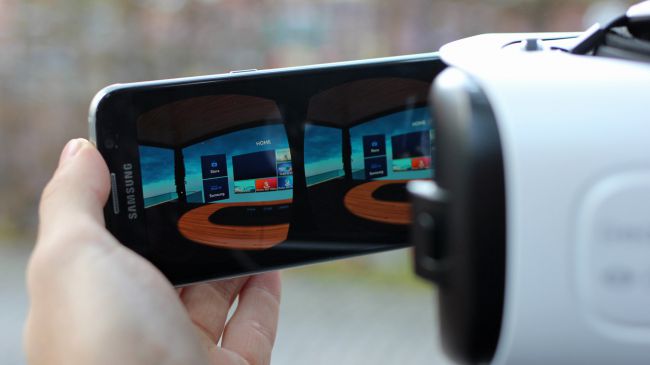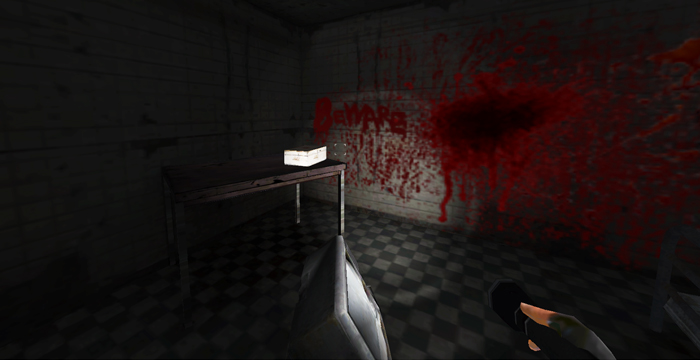With the first set of Oculus Rifts already out in the market for the consumer to enjoy, Strategy Analytics, an analyst firm has revealed that revenues from sales of virtual reality headsets is set to reach $895 million in 2016. A majority of these revenue will be due to the three premium virtual headsets that have already debuted or are set to debut this year. VR headsets from Oculus, HTC and Sony will account for 77 per cent of the total value of revenue this year but will only account for 13 per cent of the total number units that will be sold this year.
Lower priced smartphone based VR headsets will rule the roost adding more than 10 million units this year giving people a glimpse of what holds in the world of virtual reality. The analyst firm sees 2016 as a pivotal year for virtual reality, given a confluence of factors, and also one where managing expectations will be paramount given a dearth of available content and the technical limitations of entry level virtual reality.
The premium headsets which will be tethered to PCs and consoles will barely exceed the 1.7 million devices globally due to high pricing and the initial apprehensions and lack of content. Also, the high end configuration is one of the hindrances that will keep the high end headsets at bay right now. But consumers may get hooked to low cost VR devices and then eventually jump on to premium devices once they are sure what this new state of art technology is all about. Strategy Analytics’ analysts believe with proper ecosystem management smartphone based VR headsets will act as the catalyst to upsell users to high quality VR experiences.
 Strategy Analytics, director of wearable device ecosystems service, Cliff Raskind noted, “Consumers will soon be exposed to an incredible diversity of virtual reality options ranging from ultra low cost to super premium. While we expect smartphone-based viewers to take the lion’s share of VR headset volumes in 2016 at 87 per cent of shipments, PC and game console powered headsets will absolutely dominate value share commanding 77 per cent of revenues.” He went on to say, “Additionally, we believe VR has the potential to fuel a new tech spec race in hardware areas such as display resolution, GPUs, storage and 360° cameras.”
Strategy Analytics, director of wearable device ecosystems service, Cliff Raskind noted, “Consumers will soon be exposed to an incredible diversity of virtual reality options ranging from ultra low cost to super premium. While we expect smartphone-based viewers to take the lion’s share of VR headset volumes in 2016 at 87 per cent of shipments, PC and game console powered headsets will absolutely dominate value share commanding 77 per cent of revenues.” He went on to say, “Additionally, we believe VR has the potential to fuel a new tech spec race in hardware areas such as display resolution, GPUs, storage and 360° cameras.”
Although, this new form of experiencing content has been welcomed with open arms, there are a few who still feel these are early days for VR to celebrate success. The early VR bubble of the 90s could be one of the concerns. But, these have been tackled by the technology that is present today and even content developers have been embracing the platform to churn out content from as early as 2012, when the likes of Oculus Rift and Google Cardboard were first introduced to consumers. Now a company like Apple too has been stung with the VR bug and the platform is something like what smartphones were when they first came out in 2007 when first iPhone hit stores.
With respect to developers and businesses, Strategy Analytics finds that while the potential of virtual reality has come into focus across a number of key sectors and use cases, customer ready content will largely remain in the planning and building stages in 2016. Game consoles are clearly driving the hardware and software that will be most visible to consumers in 2016, but buyers of new cutting edge VR systems must understand that their appetite for a wide variety of game titles is unlikely to be satisfied anytime soon.
Strategy Analytics, director connected home devices service David Watkins added, “Adoption of the more expensive, high end PC and game console based devices will be limited to a subset of early adopter enthusiasts and hard core gamers. The high price of these devices will act as a significant barrier to more widespread uptake. The PC and console powered virtual reality market is entering the classic chicken and egg phase whereby the major games publishers are waiting on the side lines until there are enough VR headsets and users in the market for it to make financial sense for them to build a VR library of content. This is providing independent and niche developers the chance to make a name for themselves before the big boys arrive.”

India too has caught the VR bug with initial adopters with the likes of Miracle Studios, SuperMonkeyFun, SmartVizX and Yantram Studios all jumping the VR bandwagon early. Even headset makers have emerged from the country. Headsets like Absentia, Tesseract and AuraVR are being developed in India and this will further make VR headsets accessible rather early than years after the world.
With the initial direction headed towards gamers, VR systems have now also been directed towards enabling virtual experiences such as entertainment and sports (pre-recorded and eventually live events), marketing and product retailing, and education / training. Furthermore, social and peer-to-peer communications / telepresence are seen by Facebook and other enterprise IT heavyweights as hugely promising areas for virtual reality. Further out still, it is envisioned that increasingly capable 3D cameras and apps will allow users to relive (playback) and share experiences with VR headsets with compelling realism.
